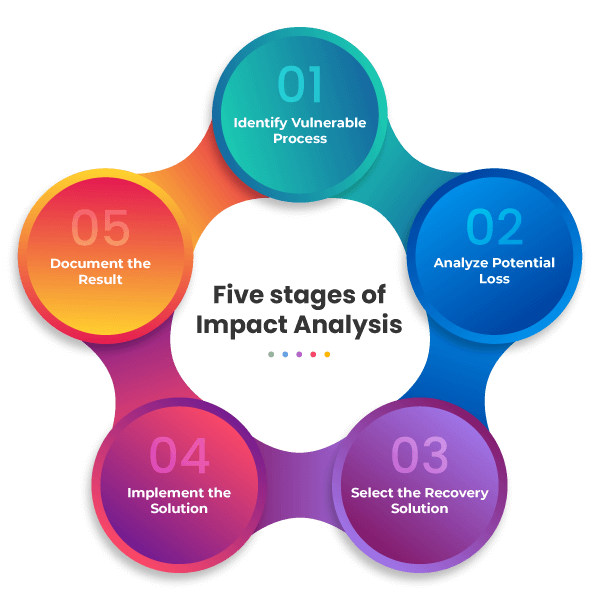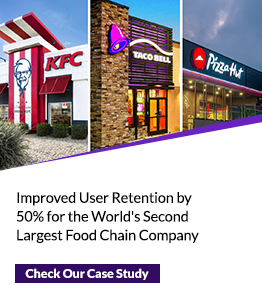Transforming the SAP Landscape: Unveiling the Power of Change and Impact Analysis in Testing

The quantity and intricacy of SAP transports are rapidly increasing, leading to a heightened risk of disrupting vital systems. In addition, as digital transformations, business process re-engineering, functionality enhancements, configurations, customizations, and other factors constantly instigate modifications in SAP applications, it becomes arduous to determine these changes and their effects on the overall operations.
Failing to identify the business implications of unknown changes can result in a laborious process. Therefore, it is imperative to thoroughly analyze the modifications made to SAP applications and accurately diagnose their impacts.
What is Change Impact Analysis?
The concept of Change Impact Analysis was initially introduced and documented in 1996 by software engineers Robert Arnold and Shawn Bohner in their book titled “Software Maintenance.”
Change Impact Analysis refers to the process of evaluating the effects of alterations made to a deployed product or application. It provides insights into the specific areas of the system that could be influenced by changes made to particular sections or features of the application. The analysis encompasses an assessment of the impact on requirements, design and architecture, testing procedures, and the overall project schedule.
The concept holds significant importance in responsible requirements management, and nearly all companies widely employ it to identify and address issues in the early stages.

Why is Change and Impact Analysis Important?
Enterprise customers rely on SAP applications to carry out their daily business operations. In this context, change is an inevitable aspect of SAP applications since business requirements undergo frequent modifications caused by factors such as business expansion, operations in multiple geographical locations, the integration of new applications into the IT landscape, enhancements to address missing functionalities and other similar reasons.
Performing Change Impact Analysis is essential to evaluate the impact of incorporating new features or changes into an application or product, particularly on the system’s performance. This analysis helps determine the effects and influences these modifications may have, highlighting the importance of thoroughly examining them.
The results obtained from the change impact assessment carry significant importance as they will shape the formulation of your change management and project management strategies. Furthermore, by employing change impact analysis, you can mitigate the risks associated with potential disruptions to existing functionalities, ensuring smooth operations across diverse business teams operating in different geographical locations.
In the realm of SAP, the primary goal of change impact analysis is to:
- Identify potential risks to business processes resulting from standard or customized changes to SAP software.
- Facilitate continuous software testing and innovation by prioritizing areas that pose high risks.
- Enhance the speed and efficiency of testing processes.
Challenges Faced by Customers in SAP Testing and Its Significance
Enterprise customers face challenges due to the vast amount of data they handle and the complex nature of their application landscape. In addition, many customers utilize multiple ERPs and third-party applications tightly integrated with SAP applications. In this context, changes made to one SAP module can have a ripple effect on other modules within the application. Similarly, modifications to the SAP application can affect numerous interconnected systems and business processes.
Instances have occurred where enterprise-level customers suffered significant revenue losses in the millions due to untested and unknown changes that occurred in production. Take, for instance, the case of Nike, a renowned global giant.
In 2000, Nike embarked on a substantial venture to revamp its outdated supply chain system by introducing a modern Enterprise Resource Planning (ERP) solution. However, this endeavour proved to be detrimental, leading to significant consequences. As a result, Nike faced a staggering loss of over $100 million in revenue, encountered numerous class-action lawsuits, and witnessed a drastic 20% decline in its stock value. The main factor responsible for the adverse outcome was the i2 demand-planning software, which exhibited sluggish performance, contained inherent software flaws, and suffered from inadequate employee training before its deployment.
Sometimes, the changes initiated by a business team in one geographic region may go unnoticed by teams in other regions, potentially impacting their day-to-day operations. When changes and their associated impacts are unknown, it becomes challenging to manage business operations effectively.
To mitigate this risk, enterprise customers must execute several test cases as they lack certainty about which ones might be affected by these unknown changes. Insufficient testing of these changes and their impacts during regular release cycles significantly raises the probability of encountering production issues stemming from defects. Furthermore, testing without knowledge of transitions and effects increases the risk of integrations breaking down across modules and products.
Streamlining DevOps with Change & Impact Analyzer Tools for Enhanced Testing
The automated tools seamlessly integrate with your DevOps and agile setups, offering comprehensive reports on changes and impacts within your SAP applications. They can identify test coverage gaps and recommend additional tests required for comprehensive coverage.
Users can utilize the tools to automatically classify risks into high, medium, and low categories and set priorities and severity levels accordingly. This enables users to efficiently allocate testing efforts based on available time frames and the risk levels associated with each category.
Conclusion
Digital transformations, functionality enhancements, business process re-engineering, configurations, customizations, and other factors consistently lead to modifications in SAP applications. Hence, it is of utmost importance to recognize any gaps in test coverage and develop fresh tests to address the modifications in SAP applications. Enterprise customers ought to make use of tools like change and impact analyzers to identify and monitor alterations in test coverages. By automating change and impact analysis, they can mitigate the risks associated with changes and their consequences.
Many Software Testing and Quality Assurance companies offer their own SAP Change and Impact Analyzer tool, equipped with numerous features to assist customers in performing change analysis, impact analysis, test coverage gap analysis, usage analysis, and prioritization of changes. It is, therefore, recommended to consult SAP Testing Experts. You can seek valuable insights from them on change and impact analysis and its relevance to testing.




